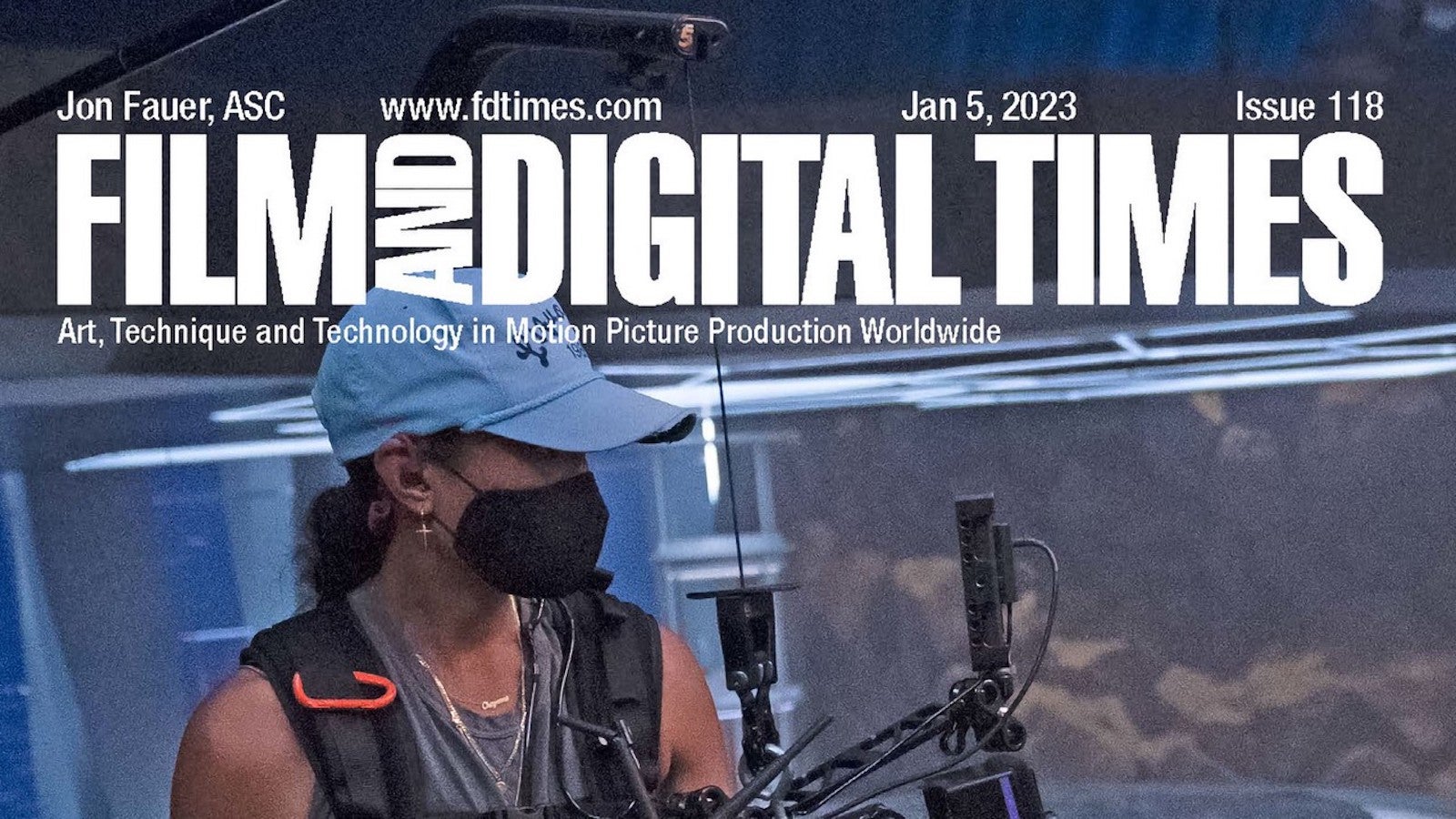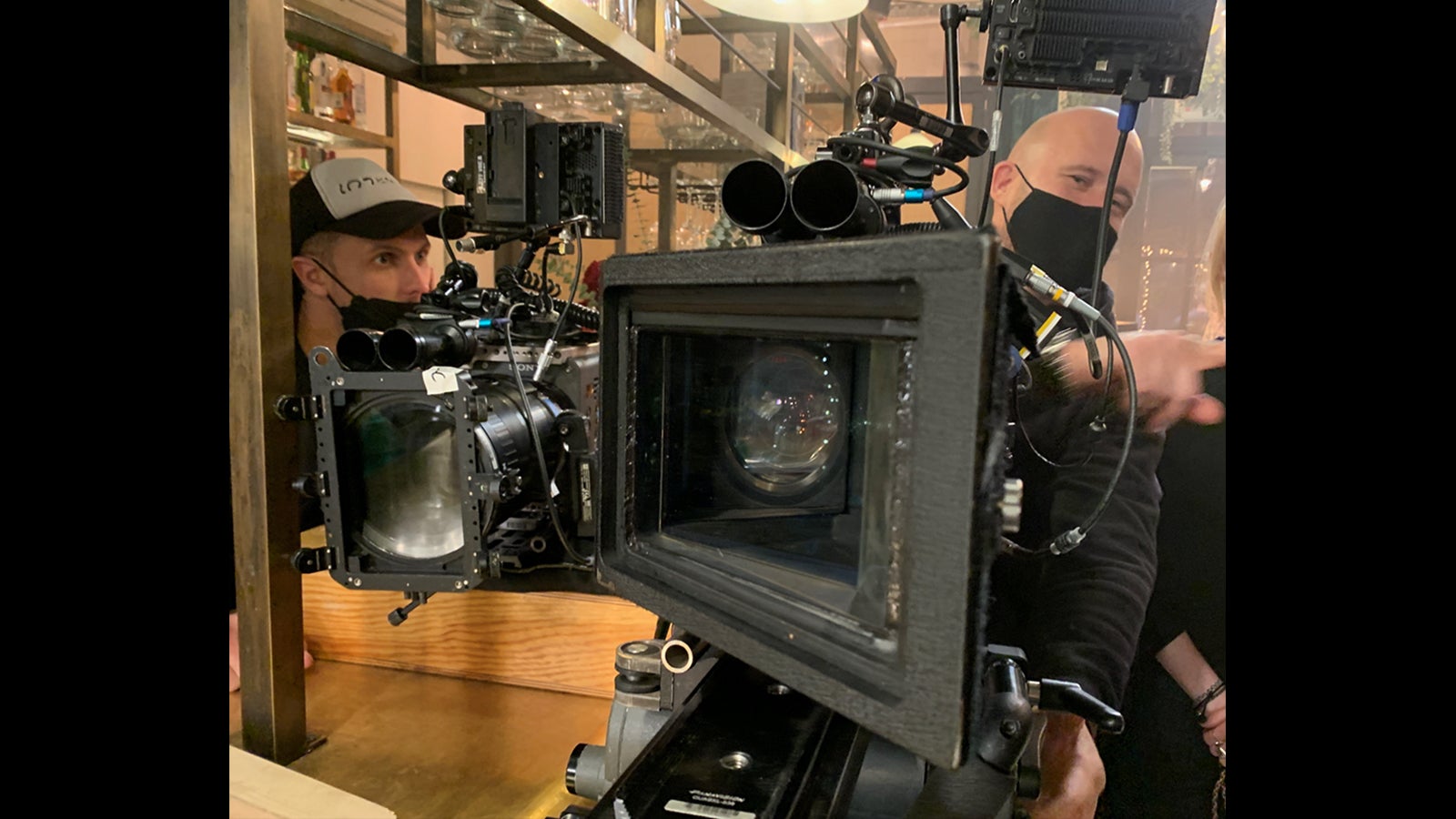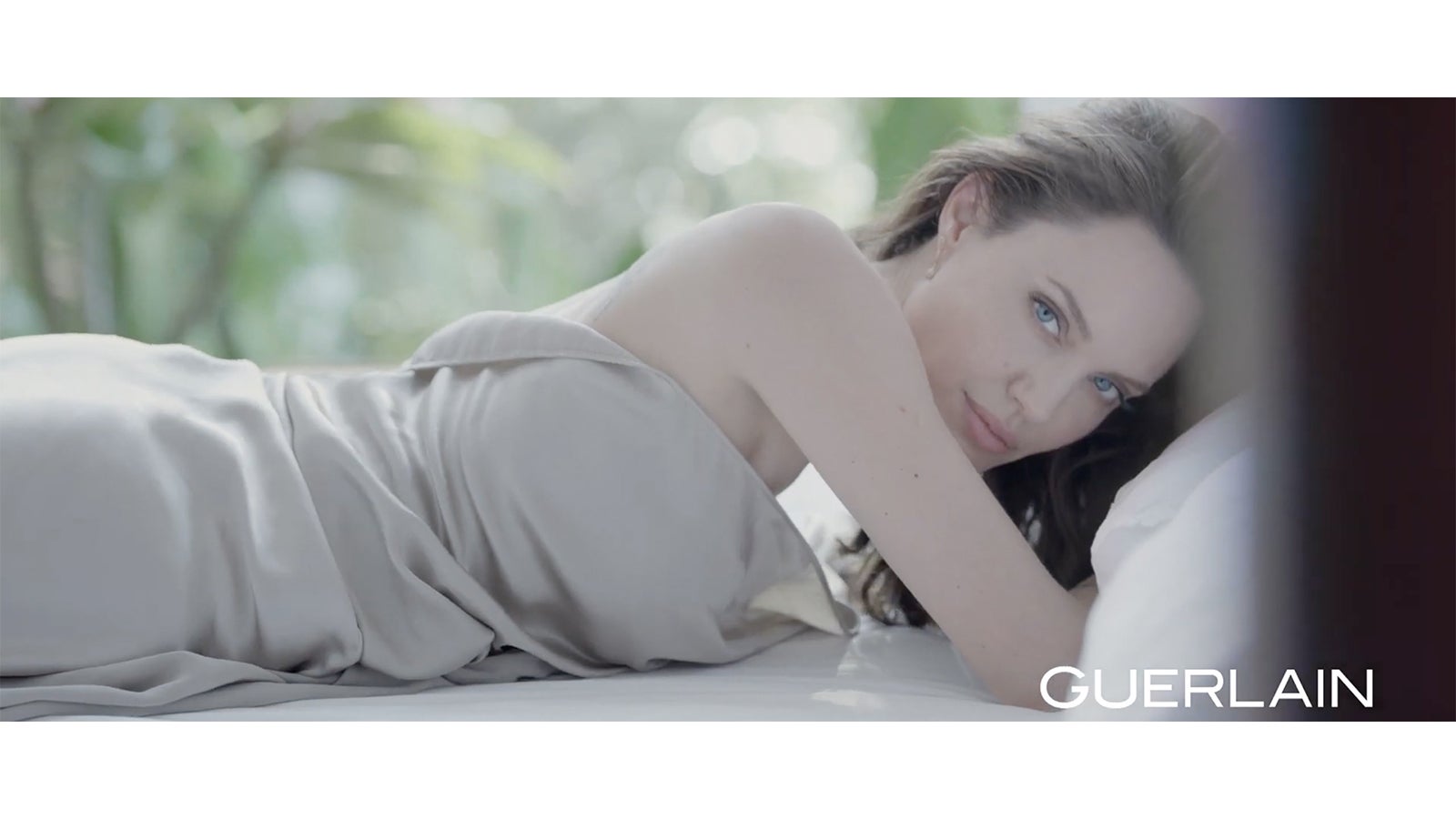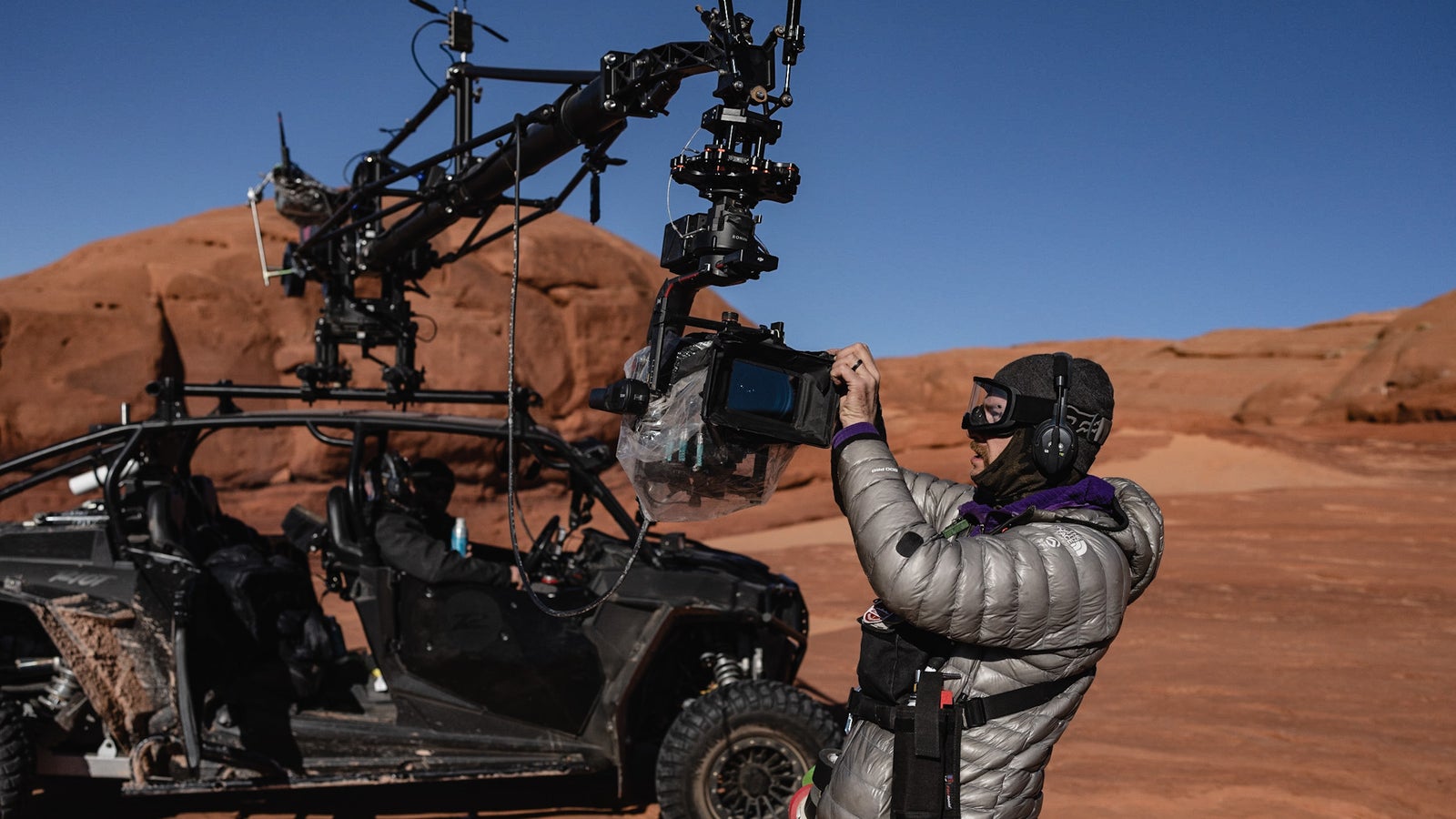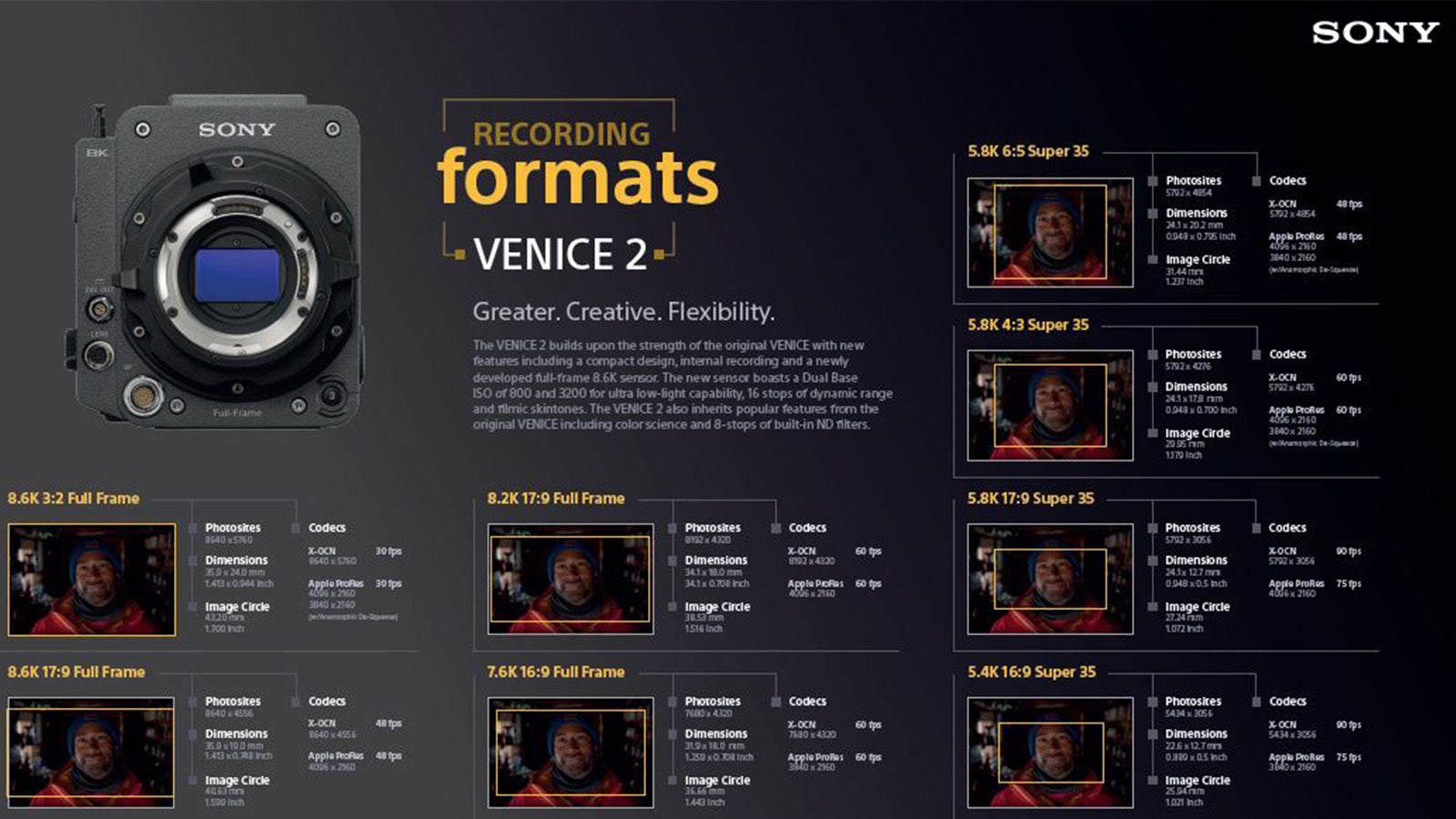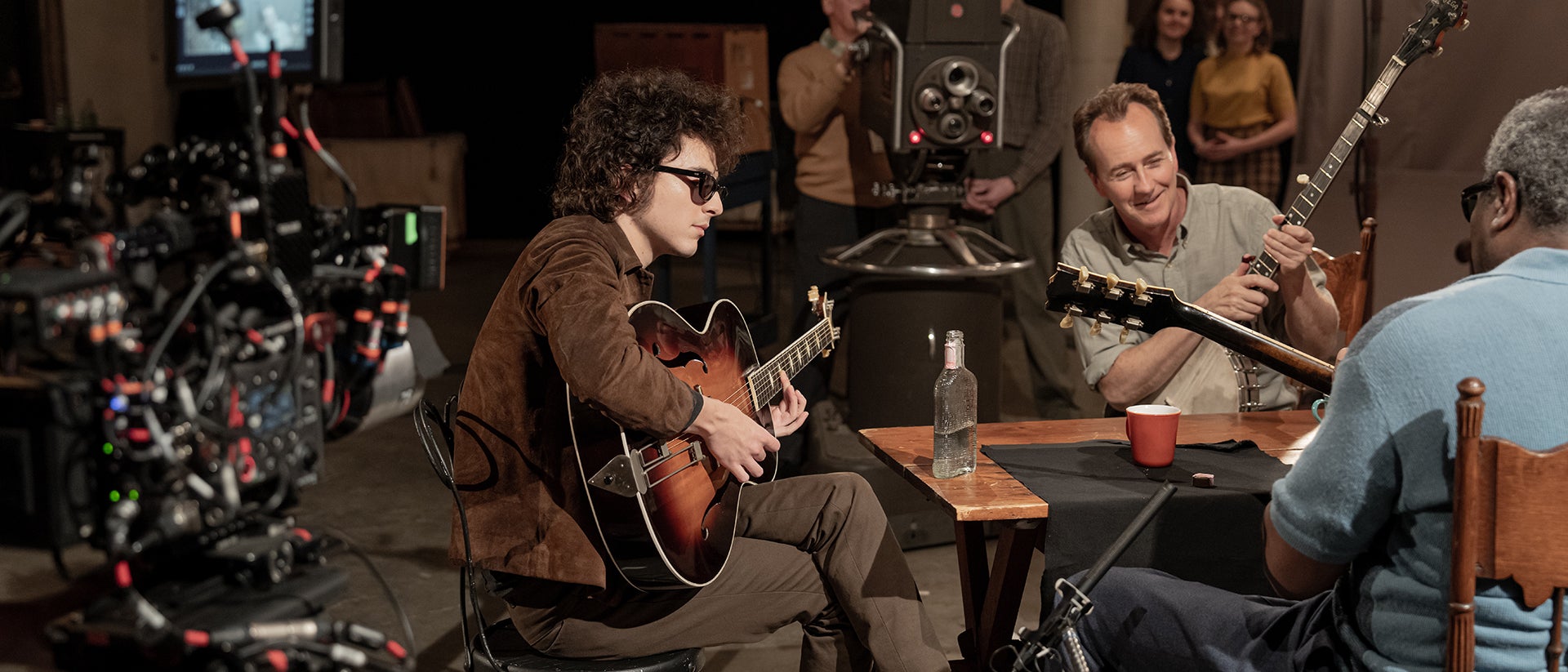
12-27-2024 - Filmmaker Interviews
New Ways to Get the Old Look
By: SonyCine Team
Director of photography Phedon Papamichael, ASC, saw the Sony VENICE 2 digital cinema camera as the ideal choice to capture Bob Dylan’s rise from aspiring folk singer to 1960s cultural icon in A Complete Unknown, directed by James Mangold.
The drama recounts the young Dylan (Timothée Chalamet) meeting his idol, ailing troubadour Woody Guthrie (Scoot McNairy), and getting early support from folk legend Pete Seeger (Edward Norton). Drawn into the Greenwich Village music scene, he becomes the voice of an anxious generation and later receives cheers and jeers at the 1965 Newport Folk Festival when he plugs in and crosses over to rock and roll.
Papamichael characterizes the look of the movie as true to life.
“We were trying to identify the textures and colors of New York in that period,” he explains. “Dylan arrives in the winter, so it’s all more muted. Then, as his personality evolves and his music becomes more vibrant, it becomes more colorful, right down to his wardrobe, and the camera becomes more energetic.”
Papamichael wanted to create a film look while capturing digitally, which he feels offers greater image control. Also, shooting scenes in small clubs, he wanted the approach to be as freewheeling as Dylan himself.
“Digital gave me the advantage of not having to light so much, not having to slow down the production by setting up huge Condor rigs to light night exteriors, and having the flexibility in the clubs to use nothing more than the little period lights that lit those stages,” he says.
At last year’s Camerimage festival, he heard positive feedback about the Venice 2 from colleagues – even, they said, when pushing the camera to ISO6400 in low-light situations. He tested the camera rated at its native ISO3200, as well as at ISO6400 and ISO12800. At the same time he was experimenting with new colorists.
“We applied LUTs they created based on my references, which were period films set in New York that had Kodachrome color, contrast and saturation, including The French Connection [1971, shot by Owen Roizman, ASC],” he recalls.
“When we projected tests shot with a LUT created by FotoKem’s David Cole, I found the results I was looking for. The image was incredibly clean, even at ISO12800.”
He liked a clean image as a starting point, knowing that beyond the effects of the LUT, he would gain desired film qualities in post, in which, after the digital intermediate, FotoKem would film out the digital footage onto Kodak Vision3 50D 5203 negative stock, and then scan it back to the DI.
“You pick up all the film characteristics – it gives you some flicker and even some dirt and just the right amount of grain,” he explains.
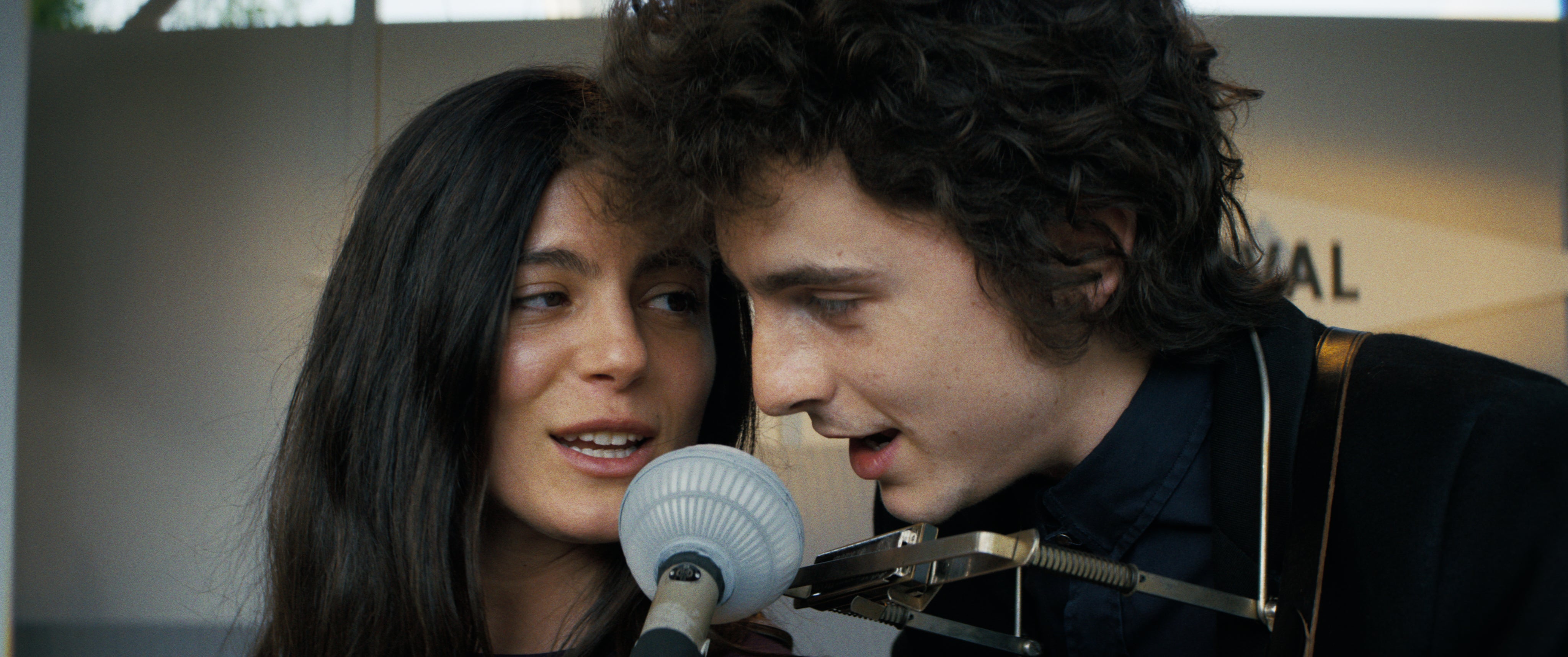
Papamichael found a perfect marriage between the VENICE 2 and custom-built expanded Panavision anamorphic lenses combining B- and C-Series front elements and T-series rear elements that allowed close-focus shooting, as he and Mangold like to get right up to the actors.
They had used Panavision expanded anamorphics before, most recently on Indiana Jones and the Dial of Destiny (2023). By that point he felt the lenses had been perfected, which suited that project’s high-key look and the franchise’s history. But he told Dan Sasaki, Panavision’s SVP of optical engineering, that here he wanted the lenses’ earlier vignetting and flare characteristics.
“I said that it’s 60s New York – the West Village with all the bricks and fire escapes – and we’re playing with this wintry atmosphere, so I wanted a more textured and interesting lens choice,” he says.
He also revisited his work on the mystery The Million Dollar Hotel [2000] to evaluate why he was so satisfied with its look. He shot it with C-series lenses on Kodak stocks – 500T and 800T pushed half a stop to 1000 ASA.
“It didn’t have that shallow focus that large-format digital cameras sometimes have,” he says. “I wanted to explore the VENICE 2 at higher ASAs because I wanted to shoot at a deeper stop. I wanted to have all that beautiful anamorphic quality without limiting what we see of the world around the characters with shallow focus that falls off into abstract points of light.”

He ended up shooting A Complete Unknown’s night exteriors at ISO6400 and ISO12800. “That enabled me to shoot at T8-T11, and that look reminded me of movies from the period. It represented the feel of 35mm films shot with anamorphics,” he says.
In one night sequence, Dylan exits a bar and walks around the West Village, absorbing his new environment and all its denizens before arriving at his motorcycle and riding off. Practical illumination is provided by street lamps, interior and exterior building lights, car lights, and neon signs. The crew would get the most out of these sources by hosing down the road and using steam stacks, a regular city feature at the time.
“The steam would pick up the changing colors of the street lights,” Papamichael notes. “I would set the camera before adding any lights and it would look incredible. We hardly had to do a thing – just bring in a little portable eye light.”
To augment faces, they would sometimes use Astera Titan Tubes, but in scenes in which Dylan wears his signature Ray-Ban sunglasses – which he did even at night – they would use the Rosco DMG Dash LED light with its dome diffuser.
“If you pick it up in reflections, it just looks like a soft, round light you can’t identify as a movie light,” he explains. “We could put them on a pole, and because of the VENICE 2’s sensitivity, these little Rosco bricks provided enough light six to eight feet from the actors. They work with a portable wireless dimmer board, so I could adjust light levels live. It’s liberating.”

After these quick setups, he would let first AD Doug Torres know they were ready for their actor. The DOP also praises A camera and Steadicam operator Scott Sakamoto for facilitating the filmmakers’ untethered approach.
“Scott is very intuitive when covering performances,” he says. “We created a lot of freedom for our actors to move without marks. Working at those high ASAs without intrusive lights enabled that. It ends up feeling very cinematic – almost stylized, but at the same time, very natural.”
The cinematographer is finding new inspiration in the interplay between state-of-the-art lighting fixtures and digital cinema cameras, as embodied by the VENICE 2.
“The process has become so much easier,” he says. “I’m embracing all these new technologies, rather than shying away from them, and achieving the look I used to get many years ago when I worked on film. I’m very happy with all these results.”
A Complete Unknown is in theaters now.
To see other ways filmmaker' are innovating the way the Sony VENICE is being used, check out this article: How the creators of Nickel Boys brought a fresh approach to their storytelling
